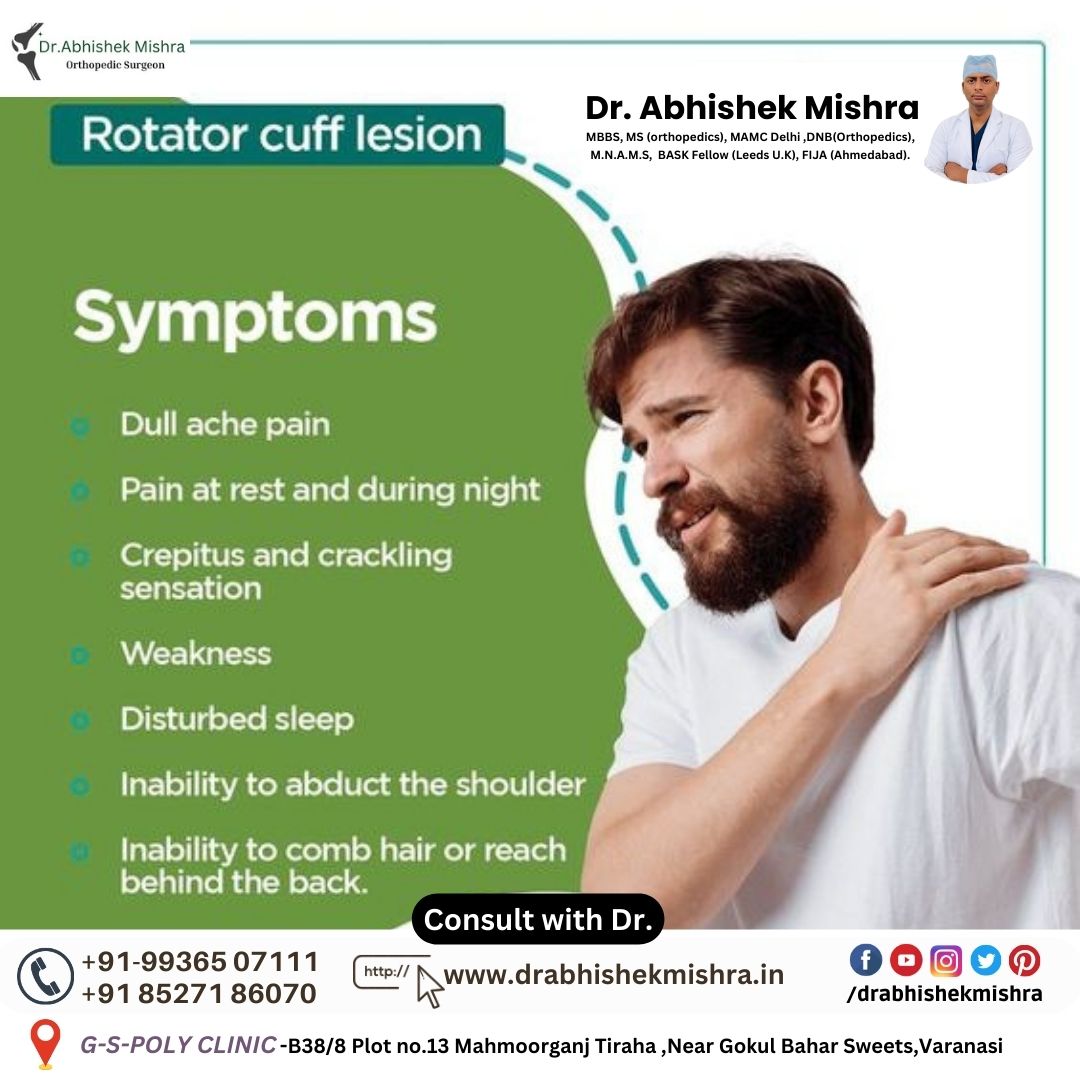- Supraspinatus: This muscle helps lift the arm away from the body.
- Infraspinatus: It is responsible for the external rotation (turning outward) of the shoulder.
- Teres Minor: This muscle also contributes to the external rotation of the shoulder.
- Subscapularis: It enables the internal rotation (turning inward) of the shoulder.
These muscles play a crucial role in various arm movements, particularly those involving the shoulder. The rotator cuff is vulnerable to injuries, and common issues include inflammation (tendinitis or bursitis) or tears in the tendons. Rotator cuff injuries can occur due to overuse, aging, or traumatic events such as falls.
Symptoms of rotator cuff injuries may include:
- Pain in the shoulder and upper arm
- Weakness in the affected arm
- Difficulty in lifting or rotating the arm
- Clicking or popping sounds during arm movement
Treatment options for rotator cuff injuries may include rest, physical therapy, anti-inflammatory medications, and in some cases, surgical intervention for severe tears.


No responses yet